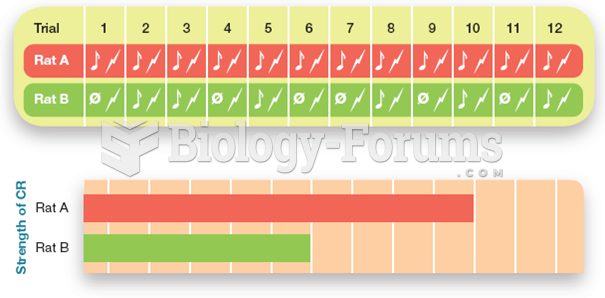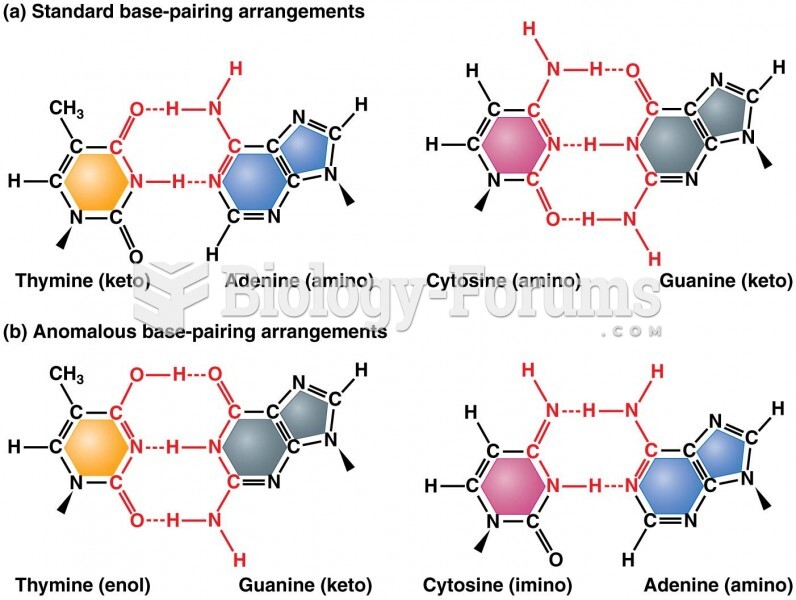Answer to Question 1
A
Answer to Question 2
The Capability Maturity Model was developed by the Software Engineering Institute (SEI) at Carnegie Mellon University in response to the concerns of U.S. Department of Defense (DOD), specifically the United States Air Force, about the capabilities of software contractors. CMM is essentially a rating and auditing framework of standards. In this framework, an organization fits one of the five maturity levels and each level has a focus:
Initial (or ad hoc). Focus: Individual Effort. At this level, the organization lacks a stable environment for developing products. The successes and failures depend on the capabilities of the people, not processes.
Repeatable. Focus: Project Management. At this level, processes are repeatable and the organization has adopted basic project management principles and practices to control costs and manage schedules.
Defined. Focus: Engineering Process. Processes are defined as standard procedures, tools, techniques, and so on. Through training programs, the standards are established across the organization to ensure that managers and staff alike have the required knowledge and training to fulfill the standards.
Managed. Focus: Product and Process Quality. By establishing precise measurement criteria, management has effective control of the development process, can improve the processes, and can tailor them to fit new technologies or specific projects.
Optimizing. Focus: Continuous Process Improvement. The organization as a whole is focused on continually improving the processes through both incremental and radical improvements.







